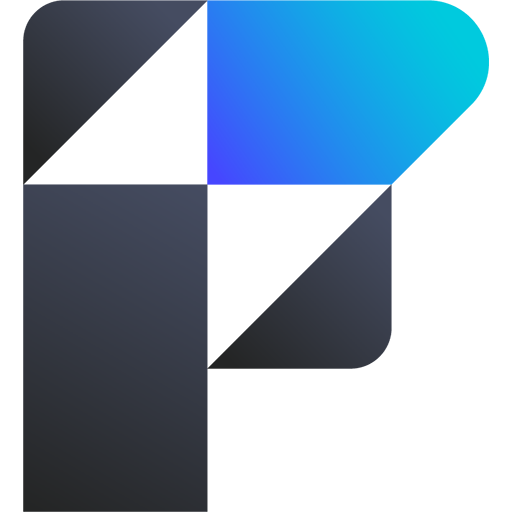Data can be stored and accessed on the Google Cloud Platform infrastructure using Google Cloud Storage, a RESTful online file storage web service. The service combines cutting-edge security and sharing features with the performance and scalability of Google's cloud.
Integrate Google Cloud Storage with 1000+ apps and services
Unlock Google Cloud Storage’s full potential with n8n, connecting it to similar Development apps and over 1000 other services. Automate productivity workflows by scheduling tasks, managing project timelines, and tracking progress across platforms. Create adaptable and scalable workflows between Google Cloud Storage and your stack. All within a building experience you will love.
Create workflows with Google Cloud Storage integrations
Popular ways to use the Google Cloud Storage integration
Automatic Youtube Shorts Generator
Vector Database as a Big Data Analysis Tool for AI Agents [1/3 anomaly][1/2 KNN]
The Ultimate Instagram Automation for High-Quality Images & Text with GPT-Image
Automatically create YouTube short videos using Elevenlabs, Hailuo AI
Generate a YouTube Bedtime Story using OpenAI
Automate Research-Based Newsletters with Perplexity, GPT-4, and Image Generation
Supported actions
Create
Create a new Bucket
Delete
Delete an empty Bucket
Get
Get metadata for a specific Bucket
Get Many
Get list of Buckets
Update
Update the metadata of a bucket
Create
Create an object
Delete
Delete an object
Get
Get object data or metadata
Get Many
Retrieve a list of objects
Update
Update an object's metadata
About Google Cloud Storage
Related categories

The world's most popular workflow automation platform for technical teams including









































































































































































































































































































































































































































































































































































